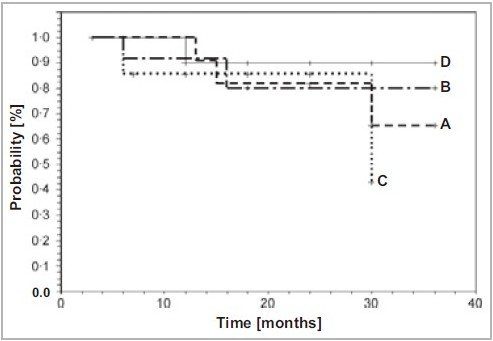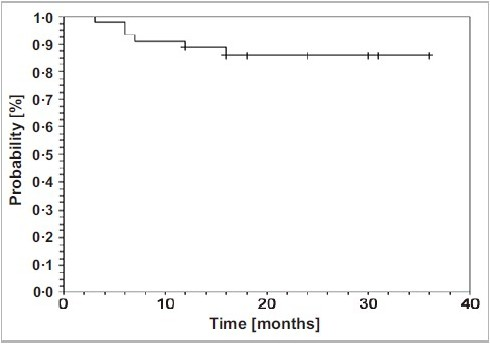Melanoma and nonmelanoma skin cancer are the most common types of skin cancers, the incidence of which has continuously risen and reached epidemic proportions. Surgery and radiotherapy (RT) are the two most common modalities used in the treatment of skin cancer. Surgery is the first-line therapy for invasive basal cell carcinoma (BCC), squamous cell carcinoma (SCC) and malignant melanoma (MM), providing good local control rate and cosmetic results. However, skin cancer with perineural or other advanced invasion is difficult to control and its recurrence after surgery is almost impossible to avoid. Thus, once the cancer has spread to organs or lymph nodes, tumors are difficult to excise, RT is recommended.
Compared with X-ray or other conventional radiation, heavy ions represent one of the best tools for the external RT of inoperable tumor. This is due to the favorable depth dose distribution where the dose increases (energy deposition) with penetration depth up to a sharp maximum at the end of the particle range (Bragg peak); the small lateral and longitudinal scattering that allows irradiation of deepseated target volumes with optimum precision and enhanced relative biological effectiveness (RBE) in the Bragg peak region caused by the dense ionization of individual particle tracks results in reduced cellular repair. These advantages allow a dose escalation within the tumour region and an optimal sparing of the neighbouring normal tissues; therefore, a satisfactory therapeutic result can be achieved with a lower secondary radiation exposure to nearby tissue and without serious cosmetic compromise.
Since November 2006, the carbon ion RT of patients with superficially placed tumors (tumors <2.5cm deep from the skin surface) has been performed within a clinical pilot project at the Heavy Ion Research Facility in Lanzhou (HIRFL) at Institute of Modern Physics, Chinese Academy of Sciences (IMP). Between November 2006 and March 2009, 103 patients with superficially placed tumors were treated. This investigation included 45 patients with skin carcinomas (squamous cell carcinoma, n=16; basal cell carcinoma, n=12; malignant melanoma, n=7; Bowen disease, n=8 and Paget disease n=2) who received carbon ion RT.
The results demonstrated that heavy ion RT offers high local tumor control and progression-free survival rates without significant radiation-induced toxicity for patients with skin carcinomas. The data in the present study suggest that carbon ion RT may be useful in treating skin carcinomas, particularly for patients whose tumors are unfit or difficult to resect surgically, with failures or recurrences of operations and photon RT, or those who refuse surgical excision.
The paper has been published in Br J Dermatol.2012,166 (5):1100-1106.
http://www.ncbi.nlm.nih.gov/pubmed/22136631

Fig. 1 Actuarial local control in 45 skin carcinoma patients with 16 SCC (A), 12 BCC (B), 7 MM (C) and 10 Bowen’s and Paget’s diseases (D), treated with carbon ion RT (Kaplan-Meier curve). (Image by IMP)

Fig. 2 Actuarial overall survival in 45 skin carcinoma patients treated with carbon ion RT (Kaplan–Meier curve). (Image by IMP)

